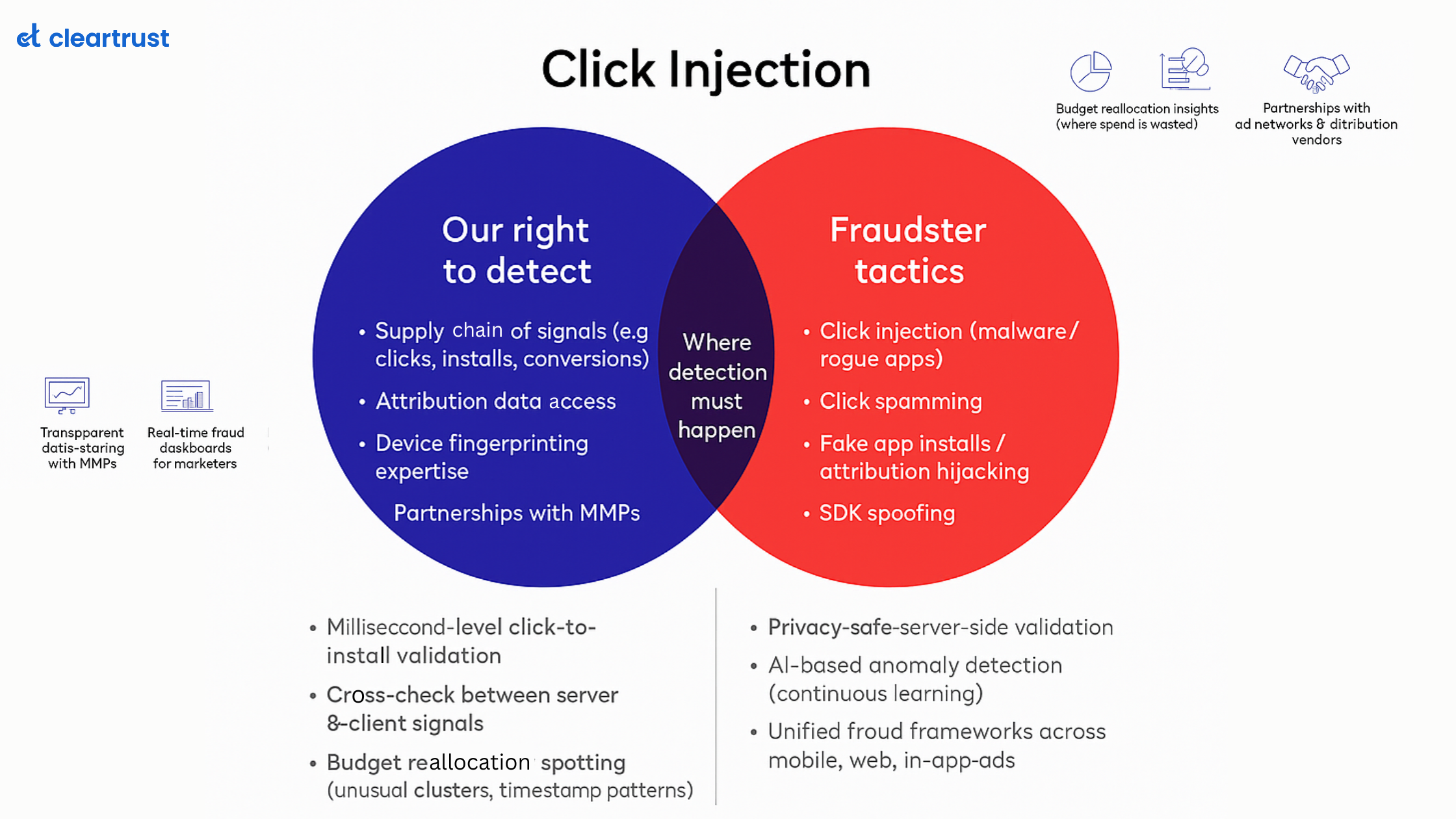In the dynamic world of ad marketing, where every click and impression counts, reaching your intended audience in the right location is the cornerstone of success. After all, what is the point of a brilliantly crafted digital advertising campaign if it never truly reaches its target? This is where the ominous term "Geo-masking" comes into play—a threat that every digital advertiser and publisher should be acutely aware of.
While recent findings claim that ad fraud is going to cost marketers a whopping $84 billion in 2023, let us understand geo-masking, exploring how it operates, its far-reaching impacts on advertisers and publishers, and most importantly, how to arm yourself against this growing threat in the programmatic advertising landscape.
What is geo-masking and how it operate?
Geo-masking, also known as geolocation masking or location fraud, is a sophisticated tactic employed by cunning fraudsters to deceive digital advertising campaigns. It ingeniously manipulates the perceived geographic location of online users, undermining the very essence of your e-advertising efforts. Here is how it works:
- Proxy Servers and VPNs : Fraudsters employ proxy servers and virtual private networks (VPNs) to disguise their actual location. By routing their traffic through servers located in the desired target area, they can mimic the location data of legitimate users.
- Spoofing GPS Data : Mobile devices with GPS capabilities are particularly vulnerable. Fraudsters can manipulate GPS data to make it appear as if they are physically present in a specific location, even when they are miles away.
- IP Spoofing : This technique involves altering the source IP address in network packets to appear as if they originate from a specific location. This way, fraudsters can trick ad campaigns that rely on IP-based targeting.
- Device Fingerprinting: By altering device parameters such as time zone, language settings, and system information, fraudsters can imagine a user being in a different location.

How does it impact advertisers and publishers?
Geo-masking poses a significant threat to both advertisers and publishers in the programmatic ecosystem. Here's how it impacts them:
- Wasted Ad Spend- Advertisers invest substantial resources in targeting specific regions to maximise ad relevance and effectiveness. Geo-masking undermines these efforts, leading to wasted ad spend as ads are displayed to the wrong audience.
- False Performance Metrics- Publishers may see inflated click-through rates (CTR) and engagement metrics, making it seem like their inventory is performing exceptionally well. In reality, these are often false positives, leading to misguided optimization efforts.
- Loss of Trust- Advertisers may lose trust in the programmatic advertising system, questioning the ROI of their campaigns. This can lead to reduced investment in digital advertising, affecting publishers' revenue streams.
- Reputation Damage- If advertisers discover that their ads are being displayed in unintended locations, it can damage their brand's reputation and diminish the impact of their marketing message.
- Compliance Risks- Geo-masking can violate advertising agreements, which often include specific location-based targeting requirements. Advertisers may face legal consequences if caught in non-compliance.
How can you avoid the geo-masking threat?
- Ad Fraud Detection Tools- Investing in advanced ad fraud detection solutions, like ClearTrust can help you identify suspicious traffic patterns, such as sudden spikes in traffic from unexpected locations. These solutions are based on machine-learning algorithms and a bundle of ad fraud detection filters can be provided to deal with various types of fraud.
- Geographic Verification Services- There’s always an advantage that you gain through additional geographical verification. For the same, utilize third-party services that cross-verify the location data provided by users. These services can help identify discrepancies between claimed and actual locations.
- IP and Device Fingerprint Analysis- Implementing IP and device fingerprint analysis tools is also advisable to detect anomalies and discrepancies in user data that may indicate geo-masking.
- GPS Data Verification- When targeting mobile users, it’s a good deal to verify GPS data to ensure it aligns with other location indicators like IP address and Wi-Fi network data.
- Fraud-Resistant Ad Formats- There are some ad formats which are more susceptible to ad fraud. In such case, consider using ad formats that are less susceptible to location fraud, such as native ads or interactive content that relies on user engagement rather than location-based targeting.
- Continuous Monitoring- Regularly monitor your campaigns for irregularities and sudden changes in location data, and be prepared to take swift action if geo-masking is suspected.
For digital advertisers and publishers, it's imperative to stay one step ahead of fraudsters who seek to deceive the programmatic ecosystem. By understanding how geo-masking works, recognizing its impact, and implementing robust fraud detection and prevention measures, you can safeguard your ad campaigns and maintain trust in the programmatic advertising industry.







